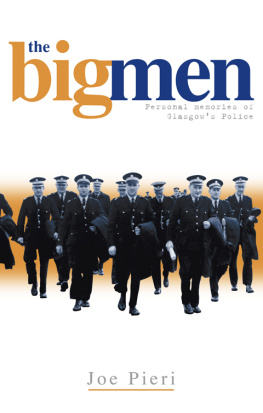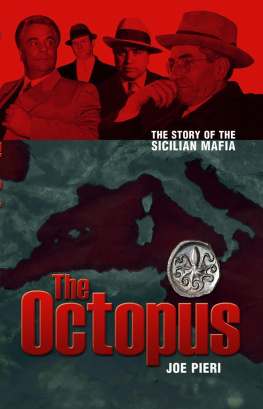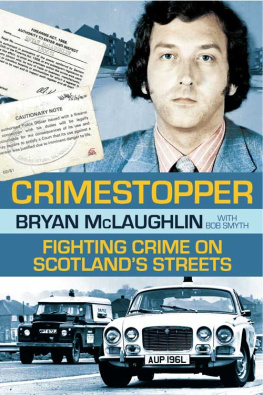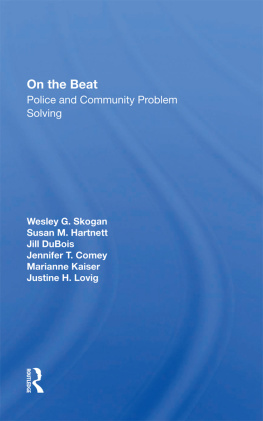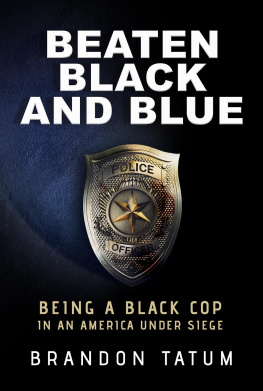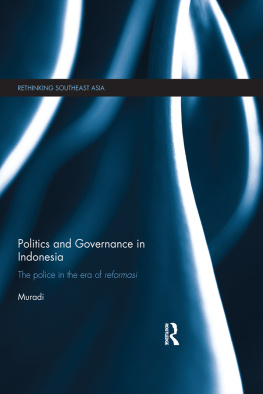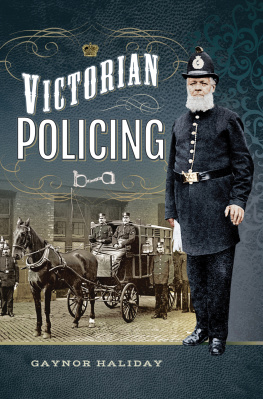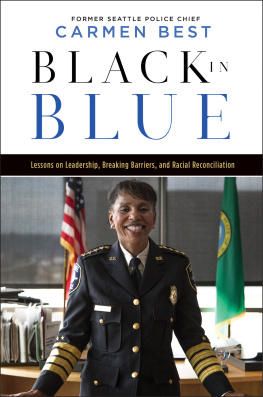the
bigmen
Personal memories of
Glasgows police
Joe Pieri
Neil Wilson Publishing Glasgow Scotland
This book is dedicated to the memory of
Detective Superintendent Joe Beattie.
Neil Wilson Publishing
G/2 19 Netherton Avenue
GLASGOW
G13 1BQ
Tel: 0141 954 8007
Fax: 0560 150 4806
E-mail:
www.nwp.co.uk
Joe Pieri, 2011
The Eulogy to Joe Beattie
is Len Murray, 2000
All rights reserved.
First published April 2001.
Reprinted October 2001, December 2003,
April 2009, December 2010
The author has asserted his moral right under
the Copyright, Design and Patents Act, 1988
to be identified as the Author of
this work.
Print edition ISBN 978-1-903238-07-3
Ebook ISBN: 978-1-906476-31-1
Contents
Preface
Once upon a time, at the top end of Hope Street, Glasgow, at the junction where it meets Renfrew Street (and where The Royal Scottish Academy Of Music and Drama now stands), there stood a blue police box.
Here, the men on the beat met at the change of shifts, filled in their journal and had direct communication with their headquarters in Maitland Street. Two paces away in the same street the Savoy caf had one of its two entrances. The men on the beat found it much more comfortable to meet in the back shop of that establishment, rather than in the police box, for there they could stretch out at their ease and drink coffee, at the same time keeping their eye on the police box light in case of a call from the station. There was almost always a policeman in that back shop, from some beat or other, and the Savoy was jokingly named a substation of the Northern. For four decades: the thirties, forties, fifties and sixties, there was hardly a polis from the Northern who did not make use of the facilities of the Savoy and who was not known to the family who owned the shop. Friendships were formed which have lasted to this day, and the recollections of some of those beat men still alive, in conversation with me, the proprietor of the Savoy, form the basis of this book.
Joe Pieri
Beginnings
I n 1800, after a bread riot in Glasgow which lasted for several days and could only be quashed with the help of the military, the decision was taken to establish a trained police force to maintain public order and to keep the streets safe for the people of the city. The control of this body was to be vested in the Provost, The Dean of Guild, and 24 elected commissioners, and the funding was to be provided by a tax imposed on all the citizens, taking the form of a tax on property which became know as the rates.
The members of this new force consisted of a chief, three sergeants, nine officers and about 70 watchmen to patrol the streets during the night. They were equipped with uniforms and greatcoats, staves and lanterns, and had more to do than just keep law and order. They also had to sweep the streets, and attend to the lighting and maintenance of street lamps. This force, although a big improvement on the old haphazard night watch, could not of course deal with largescale disturbances, and often soldiers and cavalry had to be called in to help maintain order.
With a large population available to prey on, criminal gangs began to flourish. One of the most notorious of them was the infamous Penny Gang which had about 300 members. On admittance to its ranks, each member had to pay a penny into a common fund and the money was used in the payment of any fines imposed by the authorities. These gangs extorted money from shopkeepers and traders, were noted for their extreme violence and the police had to be suitably equipped to confront them. One of the items of defence issued to the police was a thick leather neckpiece, similar in shape to a clerical collar, which protected them from having their throats slashed from behind.
The gangs also indulged in grave robbing for the purpose of clandestinely supplying bodies for anatomical studies, since in the early nineteenth century, because of religious taboos, it was forbidden to dissect bodies for any purpose. Much medical research was carried out on corpses stolen from their graves, and good money was on offer from medical students and institutions for a fresh corpse in good condition. In the case of the infamous duo, Burke and Hare, the bother of digging up graves was circumvented. They simply murdered their victim and sold the fresh body. Their principle customer was a Dr Knox, and he had to flee the country when their activities were unveiled. A childrens street song of the day went as follows:
Doon the close and up the stair
In the hoose wi Burke and Hare
Burkes the butcher and Hares the thief
Knoxs the one who buys the beef
As the city increased in size by the incorporation of small neighbouring burghs such as Gorbals, Anderston and Calton, so grew the need for a larger and more integrated police organisation and by the late eighteen seventies the police force had grown to consist of over 1400 men under a chief constable and seven superintendents. The foundations for the development of the police in the next hundred years had now been laid. The main driving force behind the organisation of the police at this time was Chief Constable James Smart, the first man to carry the title. Under Smarts direction the Glasgow police force was to be moulded into a force for law and order which for organisation and efficiency was second to none.
It is interesting to note that a very large number of these constables came from the Highlands and the Western Isles, and it is probable that by the end of the nineteenth century the Teuchters, as they were called, formed the largest group in the force. At the time of the Highland clearances, and the destruction of the traditional life pattern of the Highlands and Islands, many families came to the city in search of work, and the menfolk were ideally suited for service in the police.
The rapid growth of the city had brought about the building of tenement houses alongside factories, steel mills and docks to house the influx of settlers, who came mainly from Ireland and from the rural areas of Scotland. As this influx continued, these dwellings were packed to overflowing and in a short time had degenerated into noxious slums where people lived in Dickensian squalor. Such areas were breeding grounds for hooligans and criminals as well as the gangs which were beginning to give the city its terrible reputation. By the nineteen twenties the Gorbals had the Cumbies gang and the Beehive Mob, Bridgeton had the Billy Boys, Shettleston had the Baltic Fleet, Govan its Kelly Boys and Calton had the notorious Black Hand Gang.
These gangs were often split along religious lines and reflected the sectarianism which grew as the city expanded. Govan also had a gang called the Billy Boys (named after King William of Orange) and the Norman Conks, a south side gang made up of the Catholic hooligan element of the city, was their mortal enemy. Each of these gangs did their best to disrupt the others frequent processions and marches through the streets, and this gave rise to violent clashes. Many of the gangs took part in criminal activities. The Beehive mob engaged in house-breaking and safe-cracking, and all extorted money from local shops and tradesmen who went in fear of having their premises wrecked if the demands of the gangs were not met. On Fridays and Saturdays, days when money was usually available for the alcohol which bolstered up their aggressiveness, the gangs would sometimes roam the city in search of rival gangs to engage in battle and innocent bystanders could find themselves in the middle of frightening and prolonged street disturbances.

